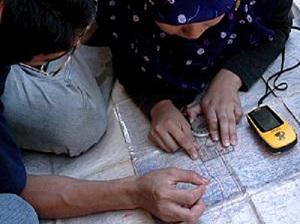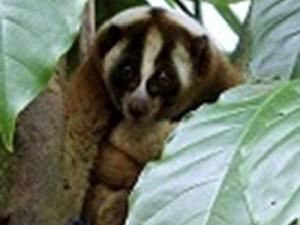Indah Winarti
This project aims to contribute to loris conservation by:
1. Collecting baseline data on their distribution in unprotected habitat area in Tasikmalaya and Ciamis, and
2. Encourage involvement by the local community and will provide conservation education to the local schools near the habitat areas.

There is very little known about the Javan Slow Loris, one of the endemic primate species in West Java. However, they are often sold as pets in bird markets in Java (Malone et al., 2002). Based on my preliminary surveys, this threatened species lives in privately owned habitats that are unprotected in some villages in Sumedang (2003), Tasikmalaya, and Ciamis, West Java, Indonesia. Therefore, the Javan Slow Loris is in serious risk of becoming extinct.

Tasikmalaya and Ciamis are neighbouring regencies that are rich in beautiful habitats and biodiversity. In these regencies, Javan Slow Lorises inhabit the forest edge and also in unprotected habitat areas called ‘Talun’. Talun are private gardens with annual trees that resemble the structure of secondary forest vegetation. Lorises have historically inhabited Talun gardens within their home range and have lived safely because they were protected by local wise culture. However, since poverty has increased and less knowledge has been transferred from the old to the young, the Javan Slow Loris is also threatened by habitat conversion and hunting.
This project aims to contribute to Javan Slow Loris conservation by collecting baseline data on their distribution in unprotected habitat area in Tasikmalaya and Ciamis. It will also encourage involvement by the local community and will provide conservation education to the local schools near the habitat areas.
In the first term, this project will generate local awareness to the local schools and communities near habitat areas, then identify habitat locations so that these areas can be protected from destruction and conversion. In second term, the project will do the Javan Slow Loris survey with these steps:
1) train local field assistants and villagers to conduct the survey and map the habitat distribution and employing them to assist with surveys and collection of loris habitat data,
2) generate them in creating and publishing awareness materials to encourage conservation of the Javan Slow Loris.
With this project actions, generating conservation awareness of the Javan Slow Loris by the local people will gained by helping them to explore ways to benefit without threatening the local wildlife.